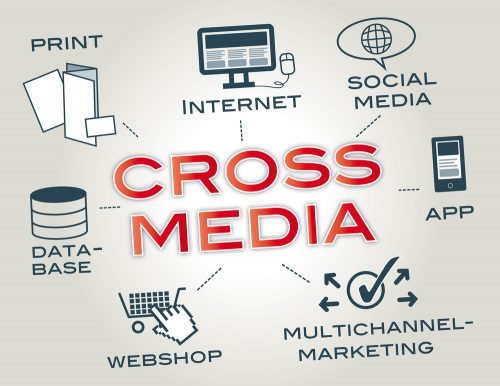No serious advertiser ever runs a campaign on a single communications channel. This is as true today as it ever was – every campaign uses a combination, for very good reason.
The channels concerned may not all be paid advertising per se, although of course many are. We can all quote examples of a base TV campaign using OOH or radio to extend activity over time; of video extending onto social; of print newspaper or magazine activity being supported by branded content in the form of advertorials or something similar.
Not all combinations involve paid for ads. Remember those ‘as seen on TV’ starbursts? Or the shop window displays riffing off of a TV execution. Or a TV ad music track morphing into a song released as a single and acting as a reminder every time it’s played. Or the PR story woven using the thread created by an online sensation.
Combinations work best, they always have and always will.
Media people can over-obsess about reach, but the more compelling reason for combinations has always been about appealing to different criteria, the rational working alongside the emotional, the engaged with the fleeting.

